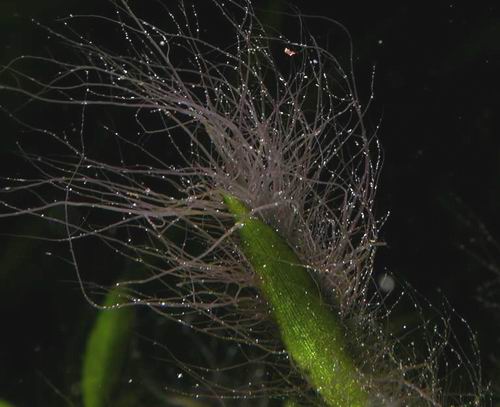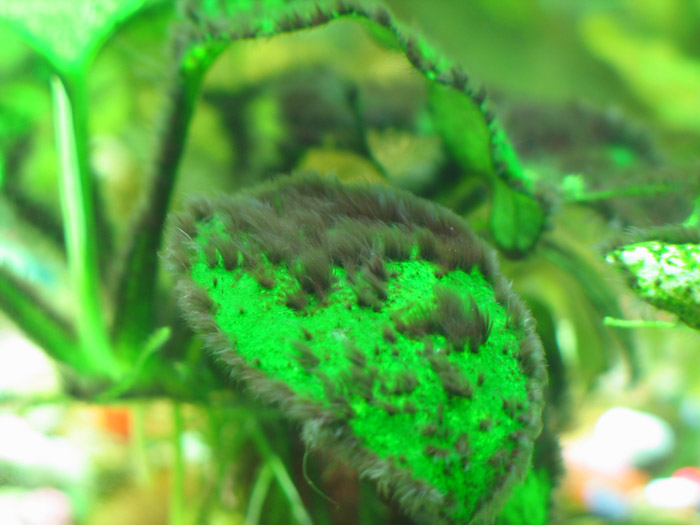Alright. So my tank has been up and running for about a month now. Over the last 1 1/2 weeks, I've been developing algae. Specifically Staghorn and Black Hair Algae. I've been all over all the typical forums (Here, Barr Report, Plantedtank, etc.) looking for good, solid arguments for the cause of algae, and it all came down to the same thing. In high tech tanks, the common factor is too little CO2. So I went and shelled out for a drop checker, filled it with 4dkH solution, placed it in my tank and ... it's yellow 3 hours after my CO2 kicks in. It's clear a couple hours after that.
No fish are gasping for air, the neons have bright, vivid blues and rids, shiny silvers; the shrimps are scavenging to their hearts content and generally doing their typical shrimpy things. Tom Barr said to just keep increasing the CO2, and as long as the fish are happy, all is well. I'm starting to get nervous, as I'm sure I'm near 50 ppm at this point.
4x39 watt T5HO (2 @ 5000k, 2 @6700k) - photoperiod is currently 8 hours.
Pressurized CO2 (obviously)
EI Dosing (Plants are starting to pick up a bit more nitrates and phosphates now, I check the levels every other day, just as a general reference, so I've been lightly increasing the dosing levels (very lightly). Typically after a dose, the nitrates will jump to about 40 ppm, and a couple of days later ,it's down in the orange colors of 10-20ppm. I perform a 50% water change once a week, as perscribed by EI).
So really my question is this. The eternal question of aquarists the world over and throughout time: what do I do to stop algae from growing in the future? Should I dose more N so that it never drops below 40?
Edit: I recently added two bunches of Anacharis to help compete. Since adding them is when I noticed the spike in nutrient uptake.
No fish are gasping for air, the neons have bright, vivid blues and rids, shiny silvers; the shrimps are scavenging to their hearts content and generally doing their typical shrimpy things. Tom Barr said to just keep increasing the CO2, and as long as the fish are happy, all is well. I'm starting to get nervous, as I'm sure I'm near 50 ppm at this point.
4x39 watt T5HO (2 @ 5000k, 2 @6700k) - photoperiod is currently 8 hours.
Pressurized CO2 (obviously)
EI Dosing (Plants are starting to pick up a bit more nitrates and phosphates now, I check the levels every other day, just as a general reference, so I've been lightly increasing the dosing levels (very lightly). Typically after a dose, the nitrates will jump to about 40 ppm, and a couple of days later ,it's down in the orange colors of 10-20ppm. I perform a 50% water change once a week, as perscribed by EI).
So really my question is this. The eternal question of aquarists the world over and throughout time: what do I do to stop algae from growing in the future? Should I dose more N so that it never drops below 40?
Edit: I recently added two bunches of Anacharis to help compete. Since adding them is when I noticed the spike in nutrient uptake.








